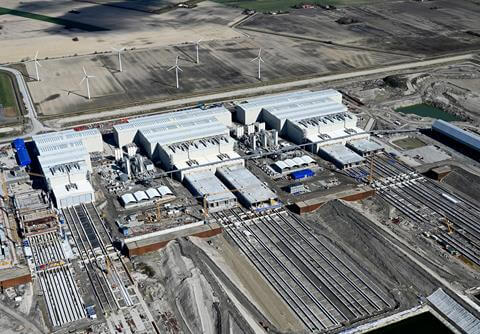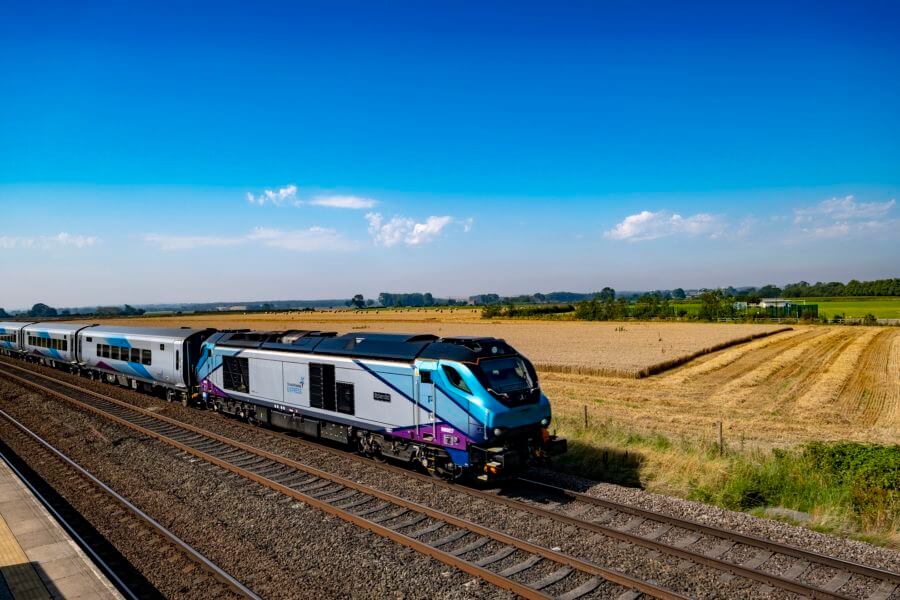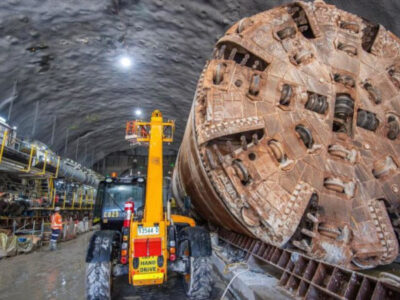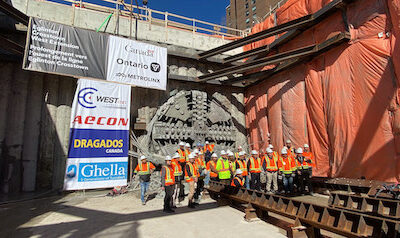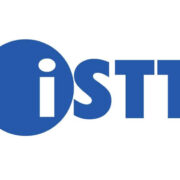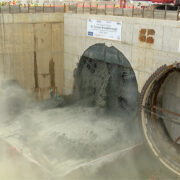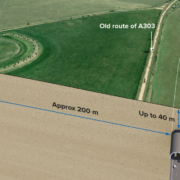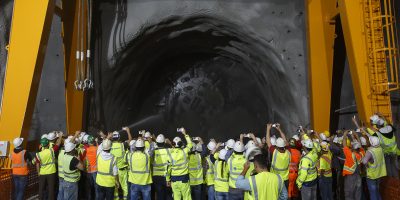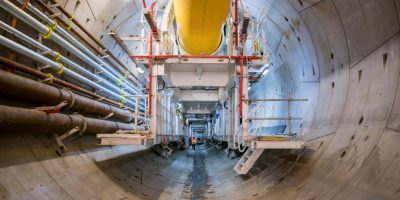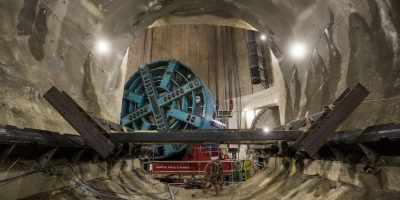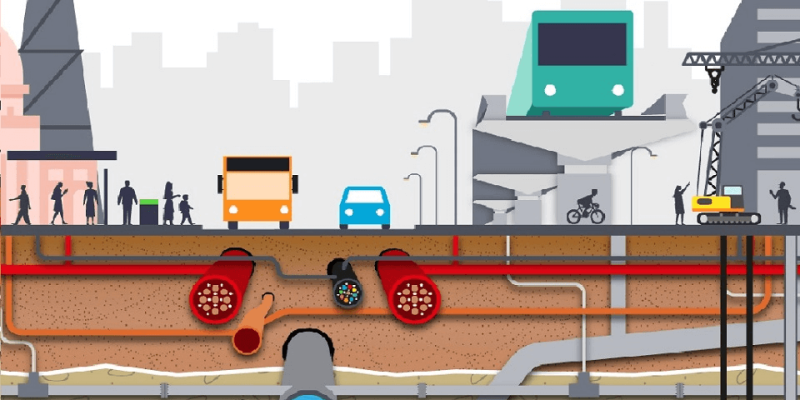
In order to revolutionizing the installation, maintenance, operation and repair of underground pipes and cables on Natinal Underground Asset Register Project, the Geospatial Commission, that is a part of the Department for Science, Innovation and Technology (DSIT), has launched a digital map which has neem built by Atkins.
Being known as the minimum viable product, this first phase of the National Underground Asset Register (NUAR) contains data from the public and private sector organizations that own pipes and cables in north-east England, Wales and London. Including Northumbrian Water, Wales and West Utilities, Southern Electric Power Distribution and National Grid, as well as telecommunications companies, transport organizations and local authorities, it covers all the major energy and water providers.
According to Geospatial Commission independent commissioner Dr Steve Unger: “The first release of NUAR would benefit everyone. By using the power of location data to plan and deliver street-works more effectively, it will improve the efficiency with which we supply essential services and minimize the disruption experienced by other road users. Many different asset types are buried beneath our feet, owned by many different organizations, large and small. We are delighted by the number of asset owners that have recognized the value of working with us, to make the data they hold more accessible.”
Atkins digital director Guy Ledger said the NUAR was a huge opportunity for productivity gains in the UK construction sector, and helped move it further towards a digital future.
He also added: “Every building and infrastructure project starts with a hole in the ground and, with NUAR, the risks, pain and inefficiencies of planning works and undertaking excavations will be significantly reduced. And of course, we shouldn’t underestimate the benefits of reduced CO2 and improved air and noise quality that will result from fewer utility strikes.”
Improving efficiencies in construction and development, decreasing disruption to the public and businesses (from extended road closures and congestion), improving workers’ safety as well as delivering at least £350m daily growth in economy, are the advantages of NUAR following fully operational across England, Wales and Northern Ireland.
At the moment, accidental strikes on underground pipes and cables cost the UK economy £2.4bn each year and put workers’ safety and lives at risk.
Cooperating with Ordnance Survey, 1Spatial, GeoPlace and the Greater London Authority, in 2021 Atkins was awarded the contract to deliver the Build Phase of NUAR. This phase consists of building a production minimum viable product, then enhancing and rolling it out to the remaining regions in England and to Northern Ireland.

